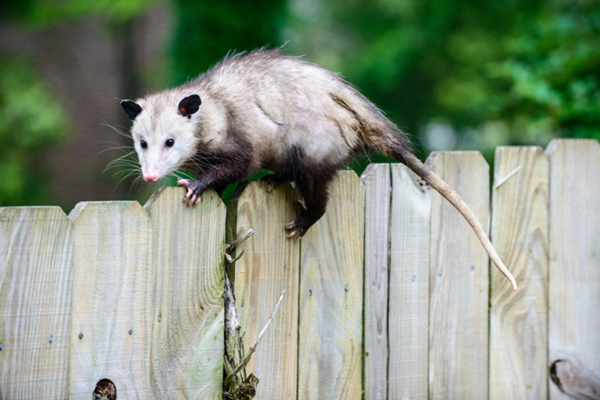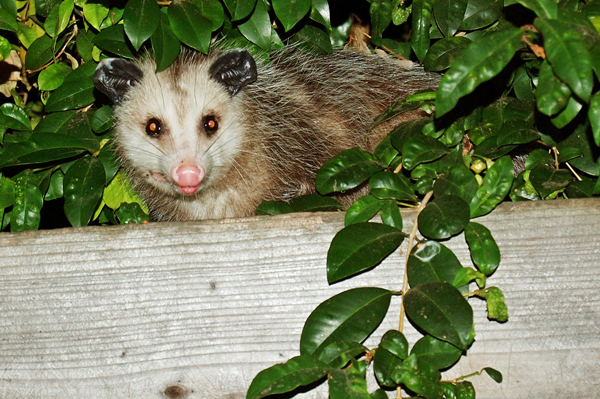- Trapping is strictly regulated and enforced by each state’s department of fish and wildlife, which is staffed by professional wildlife biologists and conservation officers.
- Only abundant species of wildlife can be legally trapped. Since the inception of modern wildlife management in the 1940s, no animal populations in the U.S. have become endangered or extinct from regulated trapping.
- Each state restricts which species can be trapped and which kinds of traps can be used.
- Only licensed trappers are allowed to participate during a trapping season, which lasts only a few months out of the year and rarely takes place during the spring or summer seasons, when animals are busy caring for their young.
- Experts from all 50 state fish and wildlife agencies and other conservation groups that care about the environment, natural resources and animal welfare are working together to improve and modernize the technology of trapping through scientific research.
- Over the past five years, the International Association of Fish and Wildlife Agencies has begun a program to develop Best Management Practices for trapping as a way to document improvements in the welfare of captured animals and trap technology. The research project is one of the most ambitious in the history of the conservation movement.
- Trapping is used to relocate wildlife populations to areas where they once lived but may no longer be found. For example, the restoration of wolves to Montana and river otters to Missouri was made possible through the use of trapping.
- Regulated trapping is an important way for biologists to collect information about wildlife, including information about wildlife diseases like rabies that can also affect people.
- Threatened and endangered species also benefit from regulated trapping. Sea turtles, black footed ferrets, whooping cranes and other rare species are protected from predation and habitat damage caused by foxes, coyotes, and nutria.
Trapping Fact Sheet
- Details
- Category: Trapping Fact Sheet
Feed not found.
Royal Pest Services
-
Mosquito Control Solutions for Jacksonville Summers
Summers in Jacksonville are made for backyard
... -
How to Spot and Prevent a Termite Infestation
Termites are more than just a
... -
The Top 5 Pests to Watch Out for This Spring
As temperatures rise in Jacksonville, so does
... -
Fertilization 101: Growing a Lush Lawn in Jacksonville
A lush, vibrant lawn is a source of pride for
... -
Jacksonvilleâs Spring Lawn Care Checklist: Healthy Grass & Pest Control Tips
As winter fades and temperatures rise,
...





